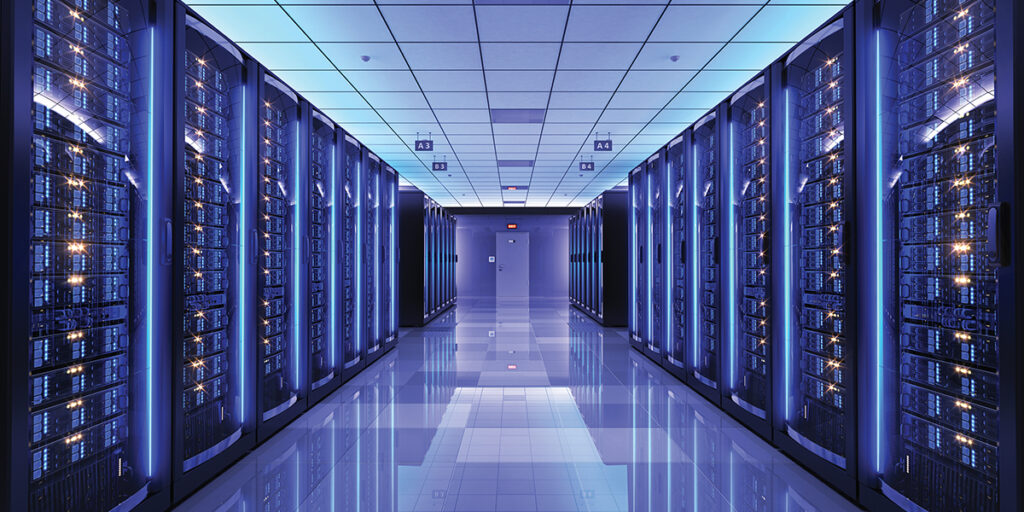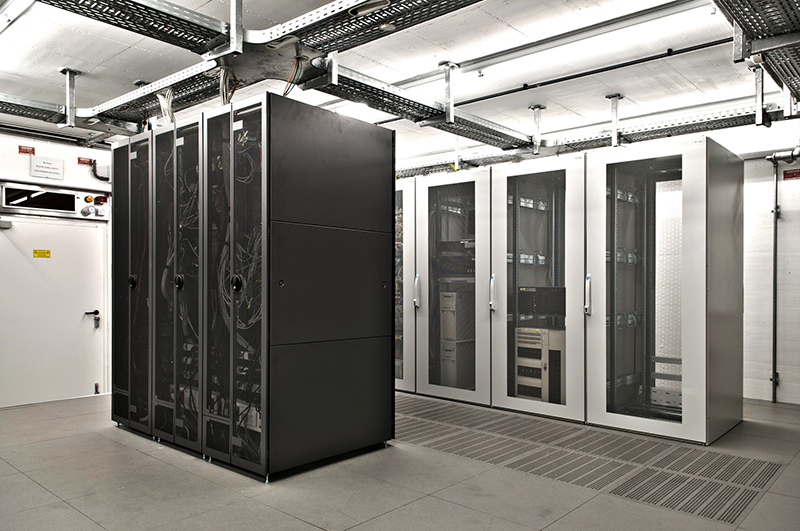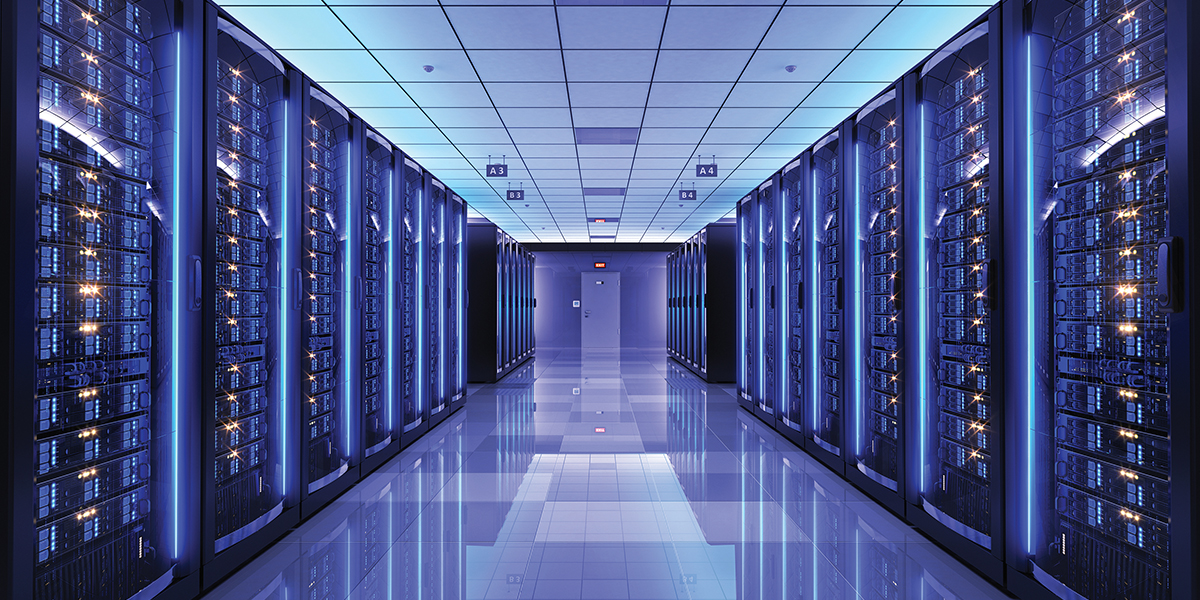Server Room Installation and Clean Up Vacaville CA – Your Server Room Cleaning
Looking for expert server room installation and cleanup services in Vacaville, CA? Our specialized team ensures your server room operates smoothly, safeguarding your critical infrastructure from dust, debris, and mismanagement that could affect performance. With years of experience, we provide comprehensive solutions tailored to meet your unique needs and adhere strictly to industry standards. From initial setup to consistent maintenance and emergency cleaning, our focus is on maximizing efficiency and reliability. Trust us to handle your server room with precision and care, ensuring a clean and secure environment for all your essential IT operations.
Understanding the Basics of Server Room Installation
Server room installation encompasses multiple aspects, each contributing to the overall success and efficiency of your server room. From selecting the right equipment, optimizing the space, to choosing the appropriate cooling systems, careful planning is essential. This section will break down these elements into manageable steps. It’ll also highlight considerations for 2025 installations and how technological advances impact the installation process. Focusing on these core components ensures business productivity remains high and risks are minimized. Let’s delve into what makes server room installation both a science and an art.

Key Considerations for Your Room Installation in 2025
With the rapid evolution of technology, server room installations in 2025 present a unique set of challenges and opportunities. One of the foremost considerations is the demand for increased performance and capacity. Businesses must anticipate their future needs and ensure the server room’s capacity aligns with expected growth. This means factoring in potential expansions not only in terms of hardware but also how systems and network requirements might evolve. As technology continues to advance, incorporating flexible designs that allow for adaptation without major construction is fundamental. This approach reduces the need for constant overhauls, minimizing costs and disruption to operations.
More Details
The size of the server room should reflect the physical footprint of equipment. As businesses grow, so do the servers required to handle increased data loads. Space planning must account for modular setups, which offer scalability without physically expanding the room itself. Utilizing vertical space can significantly enhance capacity within the same footprint, a technique increasingly viable as newer, compact technology becomes the norm.
Another critical aspect is network cabling. Proper layout and organization of network cabling ensure that servers are connected seamlessly, enhancing data speed and reducing latency. This means planning cable routes early during installation, considering both current and future network topologies. Effective cable management is not only about performance but also about maintenance efficiency. Avoiding cable tangles comes down to carefully planned installations where every cable has a designated path, contributing to a clean and safe room environment.
In 2025, the cooling of server rooms is more critical than ever. As servers become more powerful, the heat they generate also increases. Modern cooling systems are essential for maintaining optimal server performance and longevity. Traditional cooling methods like basic air conditioning may no longer suffice. Embracing advanced cooling technologies such as liquid cooling can drastically improve temperature control, even in smaller spaces. These systems are not only more effective but also energy-efficient, aligning with sustainability goals.
Fire safety remains a prime consideration during room installation. Implementing advanced fire detection and suppression systems helps protect expensive hardware from damage. Early detection systems paired with gas-based suppression options prevent both fire spread and potential water damage, safeguarding valuable data and equipment. Furthermore, having a robust risk management plan in place, which includes regular safety checks and drills, is vital for minimizing potential business interruptions.
Looking forward, installations need to consider technological trends. This includes assessing the risk of physical damage from internal and external factors. Strategies for mitigating these risks include solid physical security measures, alongside cyber defenses, to keep sensitive business and client data safe. Aligning installation practices with evolving technological standards keeps businesses competitive and their server room functioning at peak productivity.
In conclusion, server rooms are the backbone of digital operations, and their installations in 2025 must reflect a blend of foresight, technology, and design sophistication. It’s about ensuring that the systems support both current demands and future business objectives. By focusing on performance, scalability, and safety, organizations can create a resilient infrastructure that keeps pace with rapid technological change.

The Importance of Server Room Design
Designing a server room isn’t just about choosing hardware – it’s a meticulous process that requires strategic planning, integration of data center systems, and optimal cabling solutions. This section shines a light on why proper design is paramount, delving into the essentials for safety and efficiency. Next, we explore the essential tools necessary for a safe and efficient installation, which form the backbone of reliable and robust server room operations.

Essential Tools for a Safe and Efficient Installation
Embarking on a server room installation requires a toolkit that’s more than just standard. These essential tools ensure a design that supports efficient data flow and upholds safety standards. A server room’s design tailors every component and system, from hardware setup to cabling layout, to achieve peak performance and reliability. To start, robust planning strategies underpin every successful installation. Before anything else, understanding the specific needs of the facility is critical. This means considering the layout and efficiency of the space, ensuring that each piece of data center equipment aligns perfectly with network cabling systems, and that these elements are integrated without compromising space usage or safety concerns.
More Details
Network cabling is a crucial element that determines data flow efficiency. Utilizing specialized tools for cable management, such as cable organizers and labeling equipment, helps keep the network tidy and efficient. These tools are not just about neatness; they play a significant role in maintaining the center’s safety while allowing tech teams to trace connections quickly during maintenance or upgrades. Well-organized cabling systems are pivotal for reducing downtime and promoting seamless server operations, ultimately boosting the room’s performance.
When considering the hardware itself, critical tools such as server lifts and hardware racks are indispensable. Server lifts facilitate safe hardware installations, allowing teams to maneuver heavy equipment with ease. On the other hand, adjustable and secure racks keep servers stationary and ventilated, protecting them from overheating. The use of airflow management tools, like blanking panels and floor grommets, further optimizes temperature regulation, contributing significantly to energy efficiency and the longevity of the systems.
Safety during the construction and ongoing use of a server room is non-negotiable and begins with the incorporation of proper protective equipment. This includes personal safety gear like hard hats and gloves, as well as environmental safety considerations such as fire suppression systems. Installing advanced fire detection systems and ensuring exits and emergency protocols are clear and well-marked are foundational for a safe workspace. Equally important are uninterruptible power supplies (UPS) and surge protectors, which shield the server room from unexpected power fluctuations, protecting both equipment and data integrity.
Strategic equipment planning further enhances the room’s operational safety and efficiency. This involves using power management software to monitor and manage power usage in real time, ensuring that the server room operates within its power capacity thresholds, preventing overload and promoting sustainability. Integrating these strategies with efficient data management services solidifies a data center’s reliability and performance.
The team overseeing installation plays a crucial role in the success of the server room design. Skilled professionals who understand both the technical and strategic aspects of server room operations employ best practices, ensuring every tool and piece of equipment contributes to an optimized environment. By prioritizing organization, safety, and productivity-enhancing solutions, project teams not only meet current operational requirements but also lay the groundwork for future scalability. This foresight is essential in adapting to rapid technological changes and maintaining competitive advantage in the industry.
In conclusion, server room design transcends mere physical construction; it’s a strategic process that employs a precise combination of tools and strategies. These are crafted to enhance safety, improve efficiency, and support the broader goals of any data-centric operation. By leveraging essential tools and best practices, businesses can ensure a reliable, safe, and adaptable server room that advances their interests and supports sustainable growth.

Comprehensive Server Room Cleaning Solutions
When it comes to server room cleaning, thoroughness and precision are key to maintaining optimal performance. In Vacaville, CA, these solutions encompass advanced techniques tailored to managing contaminants in commercial data centers. The focus of comprehensive cleaning extends beyond mere dust removal, involving services that include floor care and equipment maintenance. These strategies ensure the efficiency and safety of your server environment is preserved. In the sections below, we’ll discuss various cleaning techniques, the types of contaminants targeted, and the protection these services offer against potential threats.

Techniques for Effective Server Room Cleaning
Effective server room cleaning services go beyond surface-level dusting; they employ specialized techniques to address a variety of challenges unique to data centers. To maintain an environment where server efficiency and reliability are paramount, it’s crucial to adopt a comprehensive cleaning regimen that targets not only visible dust but also microscopic contaminants. Harnessing a range of specialized tools and methods ensures these environments remain free of pollutants, which can otherwise affect performance. Key techniques include vacuuming with HEPA-filtered equipment. This approach successfully removes airborne particles and minute contaminants that typical cleaning methods might miss. The result is a reduction in potential data errors and equipment malfunctions.
More Details
Vacuuming may seem straightforward, but in server rooms, it requires meticulous attention to avoid dislodging cables or causing static damage to delicate equipment. Cleaners are trained to navigate these challenges, using equipment specifically designed to mitigate risks and ensure continuous protection. Another integral part of server room cleaning is the use of antistatic products on surfaces. These products minimize static electricity, which can significantly damage sensitive data equipment. Applying these treatments regularly, part of every cleaning service, helps dissipate electric charges, preventing static buildup. This not only protects hardware integrity but also assists in maintaining the overall functionality of network systems. The deep clean involves addressing raised floors and their undersides, where dust loves to settle. Floor tile cleaning is a crucial component; it supports both cleanliness and operational efficiency. By removing contaminants from these hidden areas, the airflow within the room is preserved, ensuring consistent cooling and enhancing equipment longevity. This level of detailed cleaning can prevent hotspots that might otherwise develop, impacting server performance and safety. Server racks, often overlooked, play host to a multitude of contaminants that can compromise equipment effectiveness. Regular cleaning of these areas, using specialized dust cloths and non-abrasive detergents, is necessary to maintain cleanliness. This process is coupled with inspections to confirm no cables or components are at risk of disruption, an essential service for uninterrupted data flow and protection. Furthermore, ceiling and wall cleaning is executed with tools designed to capture fine particles without dispersing them into the air. This step is vital for preventing particles from settling on equipment. By maintaining the cleanliness of these surfaces, the entire server room benefits from a cleaner air circulation system, vital for the health of your servers. Comprehensive server room cleaning also involves regular maintenance of HVAC systems and filters, as they can harbor dust and allergens detrimental to both machinery and personnel. These systems are often the first line of defense against airborne contaminants, and keeping them operational supports the overarching goal of a contaminant-free environment. Implementing these techniques as part of a regular maintenance schedule helps ensure that server rooms remain safe and efficient environments. By protecting the equipment from contaminants, commercial and home data centers can continue to operate smoothly, ultimately supporting broader business objectives. The integration of specialized cleaning solutions not only extends equipment life but also bolsters the reliability of data services provided by these tech hubs. Employing a professional cleaning company with expertise in server room environments guarantees these high standards are met consistently. With the right strategy, your server room will be a model of cleanliness and efficiency, overcoming the typical challenges associated with maintaining such high-tech spaces.

Common Challenges in Maintaining Server Rooms
Maintaining server rooms involves addressing intricate challenges that can impact their performance and reliability. These challenges range from implementing effective cooling solutions to ensuring network stability and equipment protection. This section explores common difficulties faced by server room managers and dives into strategies for overcoming them. We’ll discuss preventive measures critical for sustaining server room efficiency and security. Specifically, we’ll focus on the importance of protecting servers against physical and environmental risks, ensuring consistent network performance, and optimizing management practices to foster longevity and safety.

Preventive Measures to Protect Your Servers
Server rooms are the heartbeat of any digital infrastructure, where the demand for seamless performance aligns closely with the implementation of effective preventive measures. Ensuring the longevity and reliability of server equipment requires a strategic focus on several critical areas. First and foremost, the cooling system needs to be incredibly efficient. Given the heat generated by interconnected systems, a robust cooling setup safeguards against overheating, which could otherwise lead to hardware damage and compromised productivity. Utilizing advanced cooling options, such as liquid cooling systems, innovation aligns with sustainability goals and represents a wise investment in maintaining server stability and reducing the risk of significant damage. Regular maintenance checks are another pillar of server room efficiency. These inspections aim to preemptively catch issues before they lead to downtime, potentially jeopardizing business operations. Conducting regular reviews and updates of equipment configurations ensures all hardware operates optimally, preventing unexpected failures which could disrupt network systems. Incorporating automated systems for environmental monitoring provides real-time alerts, minimizing the risk of unforeseen issues by allowing swift corrective actions. Fire safety protocols are non-negotiable. Implementing comprehensive protection measures, including smoke detectors and gas-based fire suppression systems, averts fire risks that could devastate server rooms. Unlike traditional water-based suppression, these systems prevent water damage while controlling fire outbreaks, thus preserving the integrity of expensive hardware.Cable management plays an essential role in server room safety and efficiency. Organized cabling reduces the likelihood of overheating by enhancing airflow around systems. It also supports efficient troubleshooting, minimizing downtime by simplifying the identification and resolution of network problems.
Employing cable organizers and labeling systems minimizes disruptions and ensures smooth data flow, which is critical for system performance. The physical security of a server room is paramount. Installing biometric access controls and tracking visitor logs reinforces security, preventing unauthorized entry that risks data breaches. Physical security integrates with cyber defenses, creating a multi-layered approach to safeguarding critical infrastructure. This dual focus on physical and cybersecurity manages risks effectively, supporting broader business objectives and maintaining client trust. Proper equipment setup complementary to preventive measures enhances system safety and energy use. Using modular setups and efficient hardware designs increases the flexibility and scalability of server systems as business grows. This strategic planning reduces the need for frequent resource-heavy upgrades and supports sustainable data center operations. Lastly, a structured and well-executed management plan underpins server room maintenance. Centralized management systems that allow comprehensive monitoring of performance metrics furnish real-time insights into operational statuses, predicting needs and preventing downtimes. Implementing a dedicated management team for proactive maintenance and quick reactions to issues ensures the continued performance and protection of the server room. In conclusion, preventive measures are the backbone of maintaining server rooms, offering protection and longevity to critical infrastructure. By focusing on proactive cooling solutions, systematic maintenance, fire safety, and strict security protocols, businesses can align server room management with their operational goals. These practices not only secure data and physical assets but also enhance overall performance and uptime, proving invaluable in today’s technology-driven environment. By understanding and integrating these fundamental strategies, organizations can create a resilient server room environment that effectively meets the demands of modern digital operations.
In conclusion, maintaining an orderly and clean server room is crucial for optimal performance and longevity of your equipment. Our team in Vacaville, CA, offers unparalleled expertise in server room installation and meticulous clean-up services, ensuring your technology infrastructure remains in pristine condition. By choosing us, you invest in reduced downtime, enhanced airflow, and increased efficiency of your IT systems. Don’t leave your critical assets exposed to dust and debris—trust our professional services for a cleaner, more efficient server environment. Contact us today to learn how we can support your server room needs.
